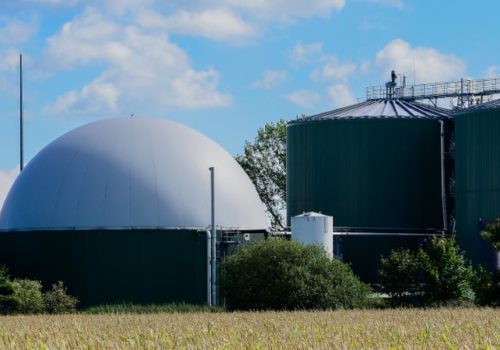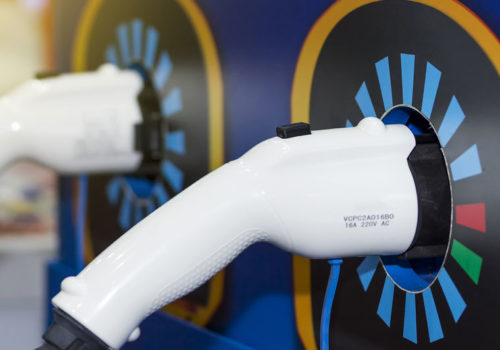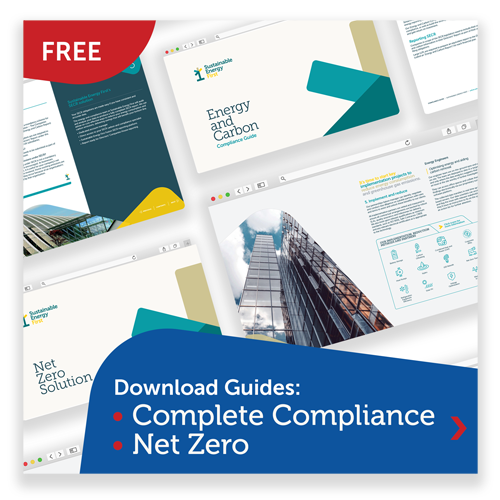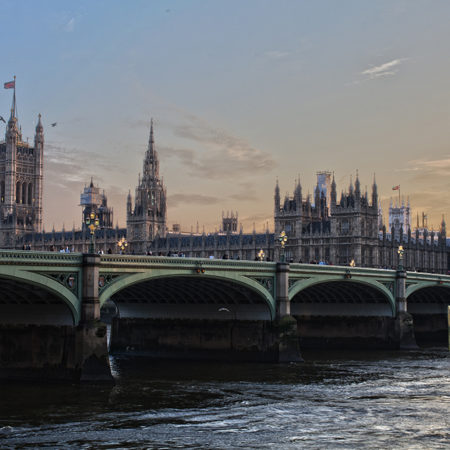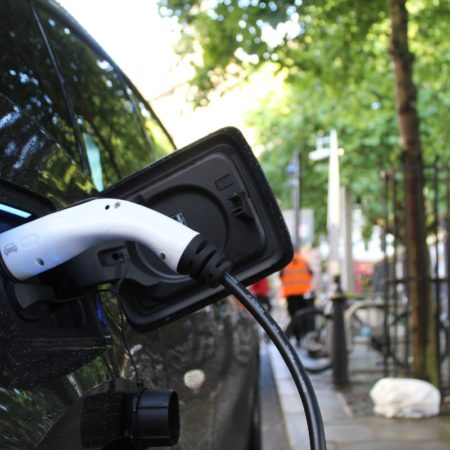A growing number of high-profile companies are setting themselves net zero targets, from food giant Nestlé to Australian airline Qantas. Many are aiming to get there by 2050, but some, like supermarket Sainsbury’s, have set a more ambitious deadline of 2040. If you want your business to achieve net zero emissions, what are the first steps you should take?
1. Set the boundaries of your business
Before you can set any goals for your business, you need to determine the boundaries of your organisation and be clear on which operations, sites and so on are part of it. If your business has a simple structure, the process of setting an organisational boundary should be straightforward: you just include everything that you own and operate.
Businesses with more complex structures will need to take more time over setting their organisational boundary. You can choose to define it in either financial or operational terms. Your business is considered to have financial control over an operation if it is considered a subsidiary for accounting purposes, even if you don’t have the majority interest in that operation. You are considered to have operational control if you have full authority to change its operating policies. In practice, you are highly likely to have the same results whether you use the financial or operational approach to work out your boundary. (If your organisation has very complex ownership/operator structures, as is typical in the oil and gas industry, you may be one of the few exceptions.)
If your business has to comply with the Streamlined Energy and Carbon Reporting (SECR) guidelines, you will already have set an organisational boundary in order to do your reporting.
 2. Calculate your current emissions
2. Calculate your current emissions
You can’t navigate your way to a new location without first knowing where you are. So the next vital step is to understand exactly where you’re starting from by calculating your company’s current emissions. This will give you a baseline to measure future reductions against, making it easier to report on your success to stakeholders.
A credible baseline calculation will include Scope 1 emissions (direct emissions from sources your business owns and/or controls) and Scope 2 emissions (indirect emissions arising from your energy use). Many businesses also include Scope 3 emissions, which are emissions from sources you don’t own or control, but which nevertheless are produced as a consequence of your company’s actions.
The internationally recognised Kyoto Protocol identifies six main gases that contribute to climate change: carbon dioxide (CO2), methane, nitrous oxide, hydroflurocarbons (HFCs), perflurocarbons (PFCs) and sulfur hexafluoride. When you’re working out the baseline emissions for your business, you will need to do the calculations for all six greenhouse gases.
Greenhouse gas emissions are reported in terms of carbon dioxide equivalent (CO2e), so all gases are measured in terms of what mass of carbon dioxide would have the same global warming effect. This makes it possible to compare emissions in terms of their actual impact on a like-for-like basis. So, for example, one tonne of methane is 25 tonnes of CO2e because the global warming impact of methane is so much greater.
The Department for Business, Energy and Industrial Strategy (BEIS) publishes information on how to convert emissions from different types of activity into CO2e. The conversion factors change every year to reflect new information and changes in how emissions are produced. (For example, the 2020 report gives amended conversion factors for fuels used by light goods vehicles because the department received a more up-to-date dataset on the kerb weight and payload capacity of such vehicles.)
3. Set your target
If you already know that your company wants to reach net zero emissions, setting a target will involve deciding on a deadline for this. The Intergovernmental Panel on Climate Change (IPCC) has said that to keep global warming to a limit of 1.5C, we will need to get CO2 emissions to net zero by 2050 (and all other greenhouse gas emissions to net zero by 2070). The UK government has committed to a legally binding target of net zero for all greenhouse gas emissions by 2050. Many large businesses have followed suit, while others have set more ambitious deadlines.
Setting your net zero target should involve working out what reductions will be required each year to reach it. As with any big, long-term project, the best way to plan is to break it into smaller milestones, so setting formal interim targets will help you stay on track and stay accountable.
Your net zero target should include both Scope 1 and Scope 2 emissions as a minimum, but many businesses are also working on reaching net zero with their Scope 3 emissions too. If that seems too daunting, one possibility is to have an ambitious deadline for cutting your Scope 1 and 2 emissions to net zero and a softer deadline for Scope 3.

4. Explore strategies
This is the exciting stage where you investigate all the opportunities available to cut your company’s emissions. You need to familiarise yourself with the many possible routes to emissions reduction and work out which are the best fit for your business. Many businesses have already started the work of reducing emissions before committing to net zero; if so, it’s time to evaluate the effectiveness and potential of the projects you already have in place as well as exploring new ideas.
It’s possible that at the start of your journey, you won’t see a clear route to net zero. That’s OK, as long as you can see your way to achieving the first interim target. As technology improves and our knowledge grows, new opportunities to cut emissions will appear. But if you’re struggling to even get started on a realistic plan, it’s a good idea to bring in expert help to identify possible emissions reduction projects and judge which will work for your business. (Specialist advice is also very useful in the earlier stages, to check your baseline calculations and help you set a realistic target.)
 5. Get started and keep measuring!
5. Get started and keep measuring!
You need to ensure that the key stakeholders for your business are committed both to the net zero target and to the plan you’ve created for getting there. Different areas of the business will have different parts to play in achieving the net zero goal. It is crucial that everybody knows what they are expected to do and gets the resources they need to achieve it.
You will need to track the progress of your company’s various emissions reduction schemes. Keep reviewing them so that if they’re not working as expected, you can rethink your strategy. A continually updated plan is a sign that you have a robust process that makes the best use of the information available.
It is a good idea to share regular progress updates with all key stakeholders, so they feel involved. It may also be good for your company’s public reputation to share some of your journey towards net zero – for example, by reporting the successful achievement of interim targets.
Stock-market data shows that companies on the “climate A-list” for being transparent and proactive about their emissions tend to outperform other companies.
This may be because of the reputational benefit, or it may be because the process of tackling emissions makes companies re-evaluate all their processes and find better ways to work. Either way, committing to net zero and starting on the journey towards it is likely to have many benefits for your business.



 2. Calculate your current emissions
2. Calculate your current emissions 5. Get started and keep measuring!
5. Get started and keep measuring!

